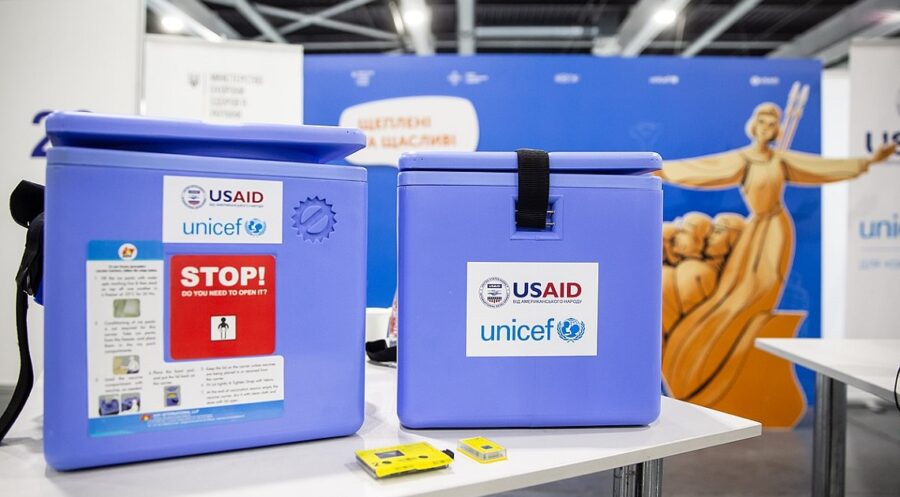Humanitarian organizations assisted at least 22 million people between January and November 2022 with food and livelihoods; 12 million people with access to health care (consultations and treatment); 5.9 million children, pregnant women, and lactating women with support to prevent and address acute malnutrition; 10.4 million people with water, sanitation, and hygiene assistance; 554,400 children with access to education and educational materials; and 1.8 million people with emergency situations, a report states.
In total, 25.3 million people have received aid from humanitarian partners in 2022 in some capacity.
The increased reach has primarily been accomplished through blanket distributions, which target vulnerable communities across large geographic areas with supplies like soap, aqua tabs, and teaching and learning materials, as well as prevention and mitigation activities like awareness-raising, counseling, explosive ordinance risk education, and hygiene promotion. These activities make up more than half of the overall response reach for the majority of Clusters.
In actuality, millions of individuals who got one type of aid will need several rounds of aid throughout the year in order to survive.
This frequently entails more specialized packages that are especially made to address the needs of the individual and/or household in a more thorough way, such as food, cash, and nutritious supplies; treatment and recovery; case management; access to education; and dignified shelter options (such as repaired homes) and access to water, to name a few.
A mix of fresh financing in 2022 (US$2.3 billion) and funds carried over from 2021 ($542 million) allowed for the response. However, just $2 billion (or 45%) of the $4.4 billion needed to provide humanitarian aid in 2022 has been allocated. Despite the historically large magnitude of response thus far in 2022 (even in previously inaccessible locations), inadequate funding has prevented people from beginning the journey towards stability and independence and has not lowered their requirements.
In reality, more individuals in Afghanistan now are dependent on humanitarian aid for their only means of existence.
Climate predictions indicate a triple dip La Nia event is soon to occur, which will prolong the dry period or drought-like circumstances for a third consecutive year. This is occurring against a backdrop of rising urban debt, financial limitations, and rural residents’ incapacity to access services, together with a noticeably decreased availability of water. In the meantime, other forces (like the conflict in Ukraine and the floods in Pakistan) are raising commodities prices even further.



